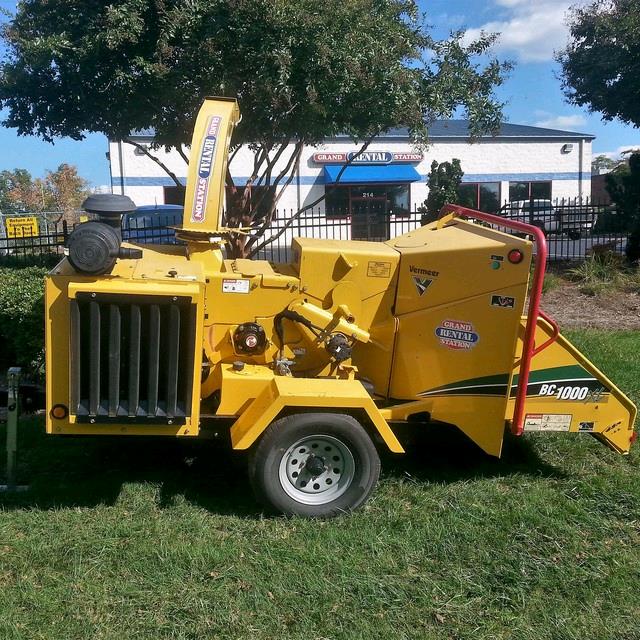Woodchippers dramatically speed up any woodwork operation. However, efficiency shouldn’t be your primary consideration. Instead, you need to follow certain safety practices to lower the risk of hazards and delays.
Here are 10 of those practices.
1 – Wear Safety Clothes
Don’t start the machine unless you’re wearing safety glasses, a helmet, heavy-duty boots, and ear mufflers or any other form of ear protection. Additionally, take off or secure jewelry and other loose items.
2 – Take It Easy at First
If there’s a problem with the chipper, high speeds can turn it into a projectile launcher. Be sure to run it at the lowest speed first to test the performance.
3 – Establish a 30-foot Radius
No one should approach the unit within 30 feet when operational. Otherwise, wood chips can easily shoot out of the machine and cause severe injuries.
4 – Stay Aware at All Times
If you spot an animal or untrained personnel approaching the radius, turn off the woodchipper immediately.
5 – Inspect the Machine Before Use
Always check for cracks, dents, and other signs your chipper might not be ready to use.
6 – Don’t Overburden the Chipper
If you add too much wood to the chipper, it can easily overload. Therefore, monitor the loading area to keep the pile from growing too big.
7 – Use Wood Only
Sturdier materials, such as rocks and bricks, shouldn’t enter your woodchipper. They could wreak havoc on the system and render it irreparable.
8 – Process Small Chips
Large wood chips are another no-go. Keep them relatively small to improve performance.
9 – Remove Debris
The last thing you want is to trip near your woodchipper. For that reason, remove tree stumps and any other debris before you fire it up.
10 – Read the Instruction Manual
The instruction manual is the knowledge hub for your woodchipper. It reveals other safety practices and how to extend the lifespan of your unit.
Key Takeaways:
- • Make sure that you read the manual before using the woodchipper as it will tell you everything you need to know in order to stay safe.
- • Wear tight fitting clothing and make sure everything is wrapped in so that nothing can get snagged by the machine.
- • Start at the lowest setting and make sure that the woodchipper isn’t making any weird sounds so you know it’s working properly.
“A woodchipper comprises a lot of moving parts and it is crucial to know more about the purpose and possible risks posed by every component.”
Read more:
https://medium.com/@aussie.mic.foley/10-safety-tips-for-novice-wood-chipper-users-e669581c300e

